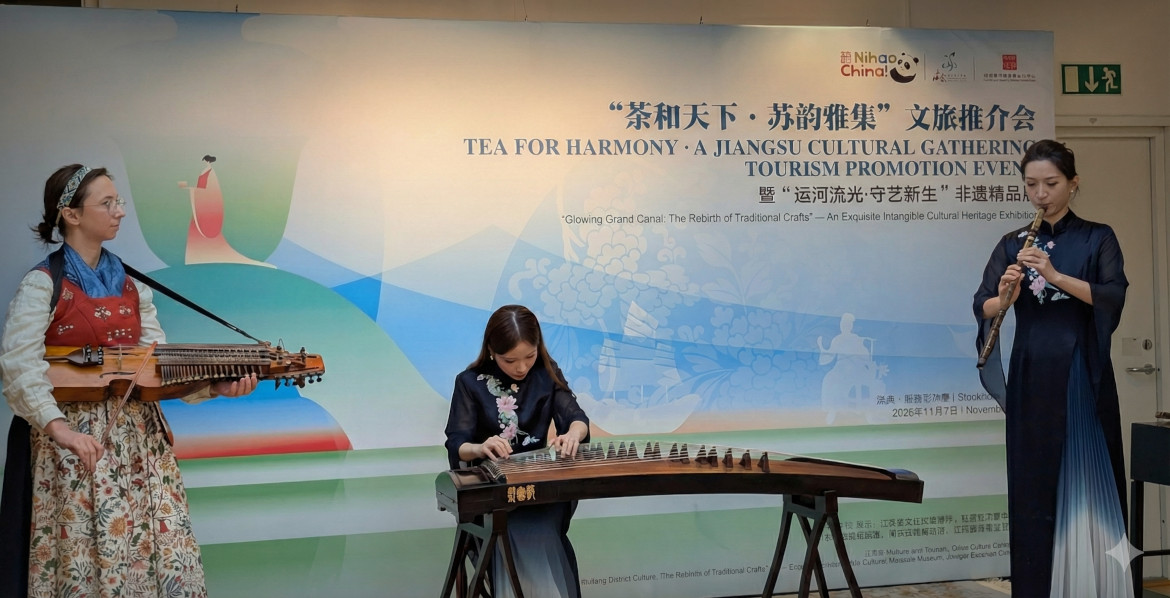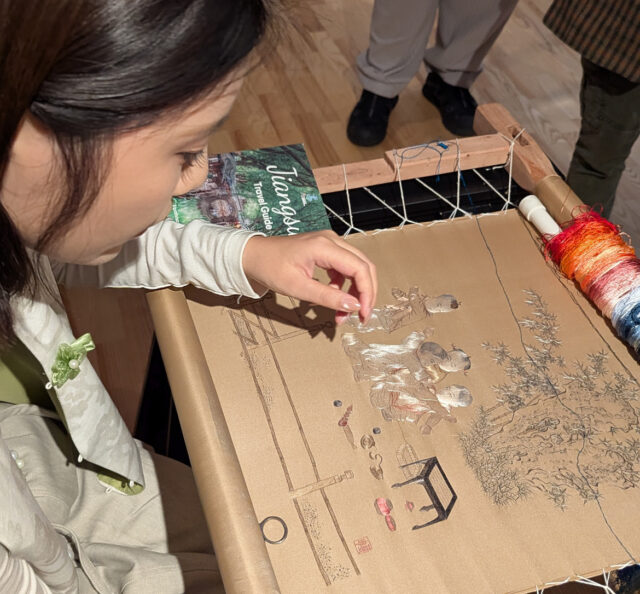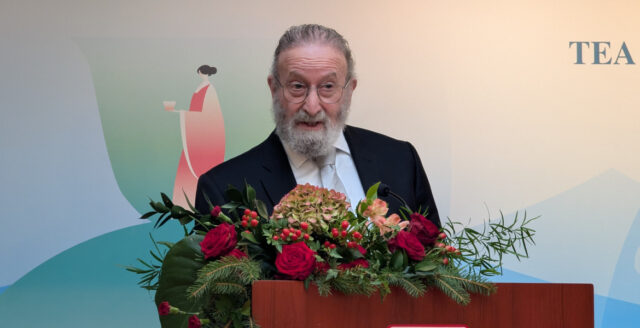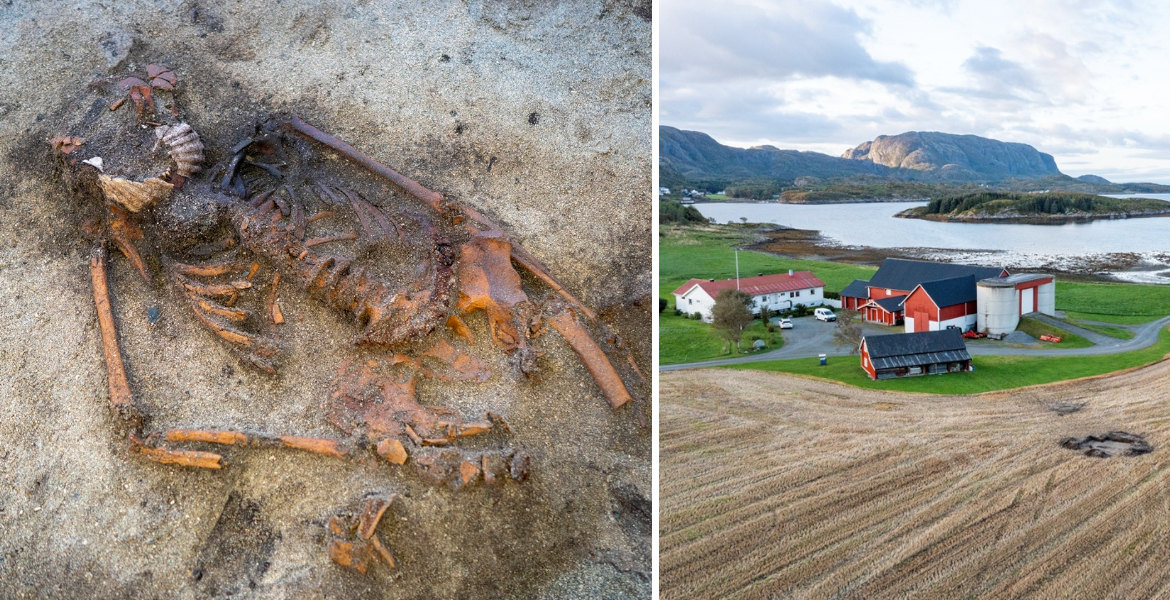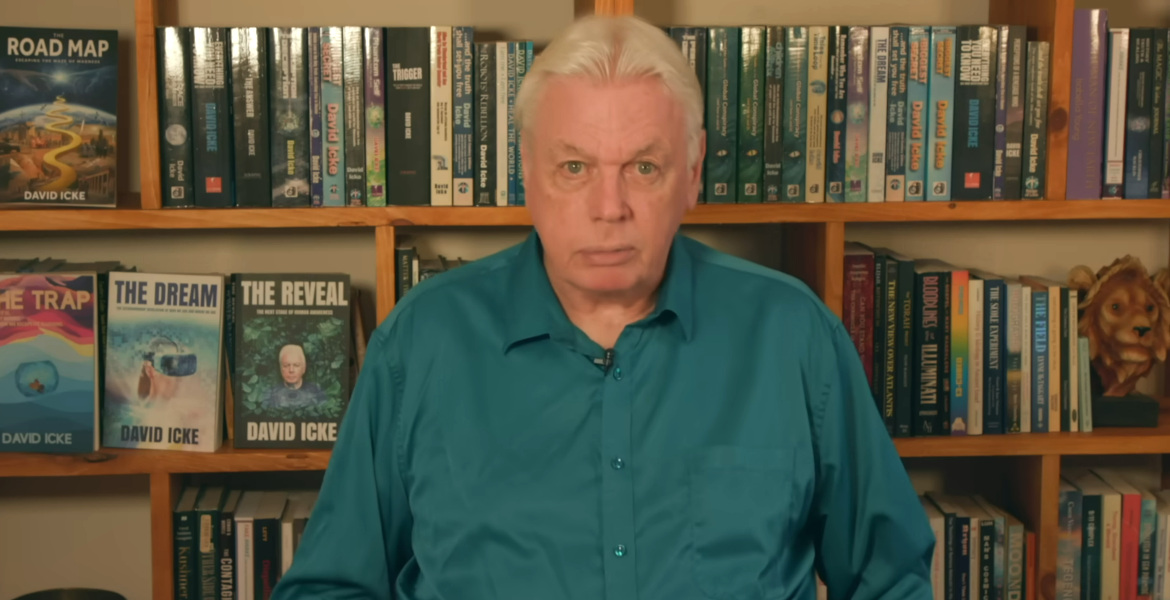Jenny Nyström (1854–1946) was a Swedish painter and illustrator best known for shaping the iconic image of the Swedish jultomte – a figure akin to Santa Claus, or more precisely, a Christmas elf or gnome – on Christmas cards and magazine covers.
Her artistic journey began in Gothenburg, where her family relocated when she was eight years old.
Trailblazing in art and illustration
Nyström’s formal education began at Kjellbergska flickskolan and Göteborgs Musei-, Rit- och Målarskola (now Konsthögskolan Valand). At just 12 years old, her exceptional talent caught the attention of renowned teachers like Fredrik Wohlfart and Hilda Lindgren. In 1873, she was admitted to the Royal Swedish Academy of Arts in Stockholm, where she studied until 1881.
Her ambition and talent set her apart, and in her final year, she became only the second woman – after Emma Ekwall in 1871 – to earn the Academy’s prestigious gold medal for her painting Gustav Vasa as a Child before King Hans (Gustav Vasa som barn inför Kung Hans).
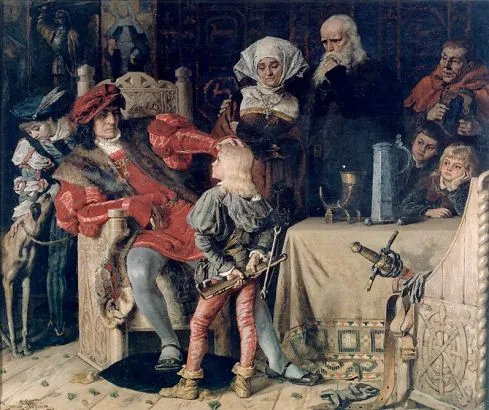
This honor, along with a scholarship, enabled her to study in Paris from 1882 to 1886 at the Académie Colarossi and Académie Julian. Her time in Paris not only honed her technical skills but also exposed her to the thriving postcard market, which later became central to her career.

Although initially rejected by Bonniers publishing house, Nyström’s illustrations for renowned Swedish author Viktor Rydberg’s Little Vigg’s Adventures on Christmas Eve (Lille Viggs äfventyr på julafton) found a publisher in S. A. Hedlund. This collaboration cemented the story as a Swedish Christmas classic.

Nyström’s extraordinary output established her as Sweden’s most famous painter and illustrator of her era, with her works distributed nationwide by Strålin & Persson AB in Falun, Dalarna.
Beyond her iconic Christmas illustrations, Nyström created a diverse range of artworks, including plein air landscapes, genre scenes, and portraits in oil, watercolor, and pastel. Notable examples include A Farmer's Garden on Aspö (En bondes trädgård på Aspö) and From My Studio in Paris (Från min atelier i Paris), which highlight her versatility and skill.
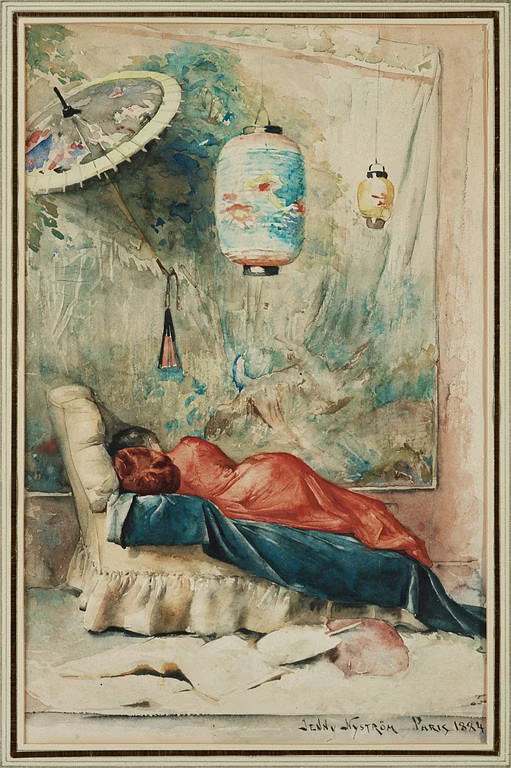
Nyström often said her goal was to transport both children and adults to the “beautiful land east of the sun and west of the moon”, inspired by her mother’s childhood tales. In a 1910 autobiographical article, she reflected:
“The fact that I mostly draw for children is probably due to the fact that I have always loved children, and that I have always wanted to show them something of the beautiful sunny land east of the sun and west of the moon, the beautiful things that have stuck in my memory from my childhood in Kalmar. From this you can also understand why I prefer to draw beautiful pictures.”

This warmth and affection for childhood and imagination became defining elements of her artistry, resonating deeply with audiences then and now.
A Lasting Legacy
In 1887, Nyström married medical student Daniel Stoopendaal. However, Daniel’s struggle with tuberculosis left him unable to complete his studies or pursue his profession, making Jenny the primary provider for their family. Despite these challenges, she remained dedicated to her craft, leaving a legacy that continues to inspire.
Their son, Curt Nyström Stoopendaal, born in 1893, followed in her footsteps, becoming a renowned postcard and poster artist whose style closely mirrored hers.

Her contributions are honored with a permanent exhibition at Kalmar läns museum, and her works are part of collections at institutions such as Göteborgs konstmuseum, Nationalmuseum, Länsmuseet Gävleborg, Nordiska museet in Stockholm, and Kalmar konstmuseum. She is also commemorated through Jenny Nyströmsskolan in Kalmar and Jenny Nyströms gata in Fruängen, Stockholm.
Throughout her life, Jenny Nyström created thousands of works, immortalizing her as the quintessential “mother of the Swedish christmas gnome.” Her art continues to enchant new generations, bridging the magical charm of Swedish folklore with the warmth of Christmas traditions. Jenny Nyström’s vision and artistry inspire artists and admirers alike, securing her place as a timeless figure in Swedish culture.
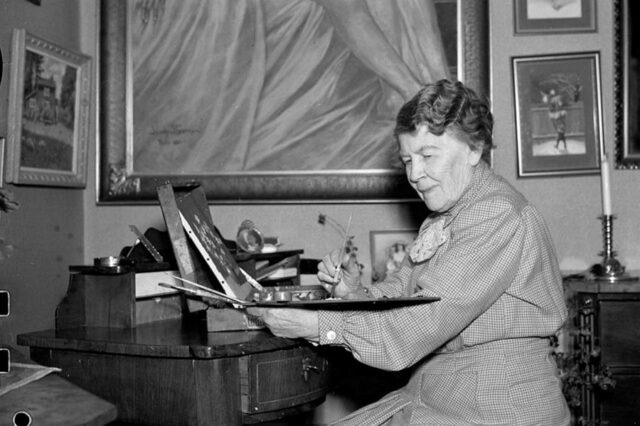
For a deeper look into her and her son's artistry, visit the database of the Jenny Nyström and Curt Stoopendaal Foundation.












